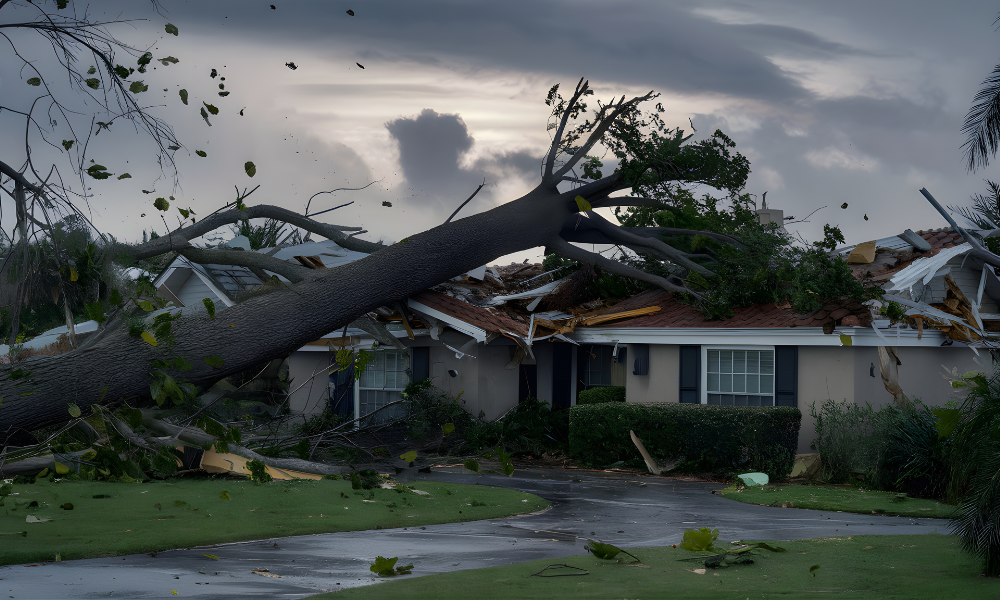L
enders are facing increased financial risks as climate-driven events like hurricanes damage commercial real estate holdings, according to a Moody's report. The report uses Hurricane Milton as an example of how climate-related disasters can impact not only properties but also lending portfolios.
Hurricanes and other extreme weather events cause direct damage to people and property while disrupting economies and communities. This has significant implications for lenders, who must consider factors like storm damage, loan characteristics, and insurance coverage when assessing the financial impact of such events.
The extent of storm damage, specific loan terms, and levels of insurance coverage all play a role in determining the financial impact on lenders. Moody's analysis of Hurricane Milton found that over 235,000 commercial real estate properties worth $1.1 trillion were at risk before the storm hit. Post-storm data showed that around 100,000 properties experienced structural damage, totaling approximately $400 billion.
However, despite widespread property damage, only a small percentage of lenders' portfolios saw significant losses, thanks in part to insurance coverage. This highlights the importance of insurance for mitigating credit risks. Rising insurance costs are an ongoing concern for lenders, with premiums increasing and becoming more difficult to secure.
For borrowers, higher insurance premiums and deductibles can lead to financial strain, impacting their ability to meet mortgage payments. As a result, lenders often provide "force-placed insurance" on behalf of borrowers who cannot afford it, which is more expensive and puts additional pressure on cash flow.
Insurance costs for commercial real estate properties have risen dramatically in recent years, consuming an increasing share of rental income. In some cases, premium expenses account for over 13% of revenue, making it challenging to maintain profitability without significant rent growth.
Moody's recommends that lenders develop more proactive risk management strategies, including using detailed catastrophe models to identify high-risk properties and working with borrowers to adjust loan terms in line with climate-related risks. Insights gained from post-storm analyses can also help refine portfolio strategies and prepare for future hurricane seasons.














